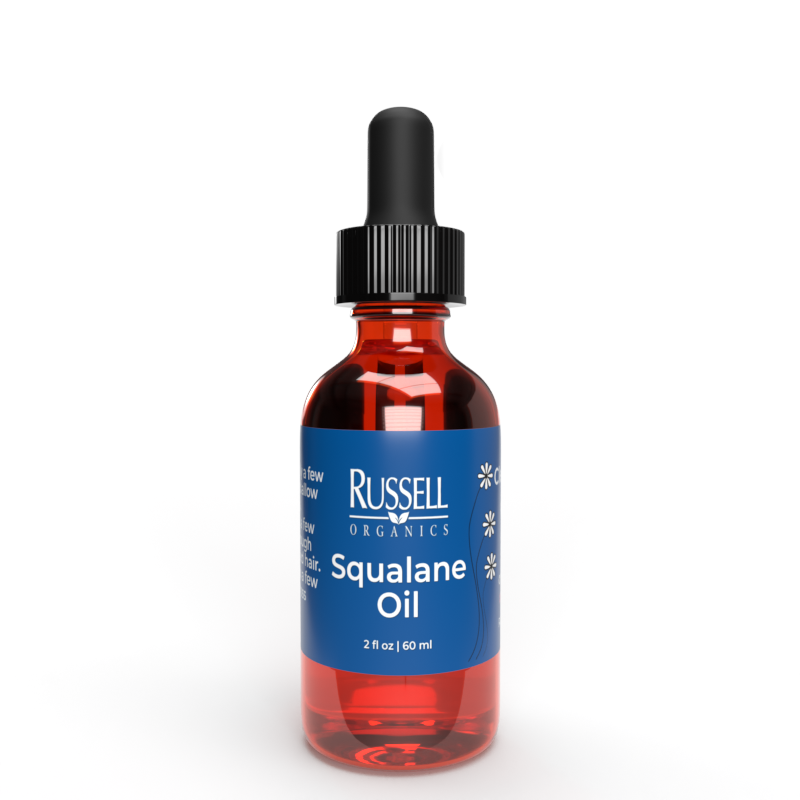The Ultimate Guide to Squalane Oil and Its Skincare Benefits
The Ultimate Guide to Squalane Oil and Its Skincare Benefits
Blog Article

Squalane oil has gained a important place in the skincare industry, praised for its power to moisturize, shield, and revitalize the skin. Derived from squalene, a lipid organically created in human skin cells, squalane oil is a refined version of squalene, offering improved longevity. That said, not all squalane oil is created equal. Its origin plays a crucial role in determining its sustainability and eco-friendliness.
Understanding the Sources of Squalane Oil
Squalane oil can be sourced from a pair of major categories: animal-derived and plant-derived materials. The decision between these options has serious ethical ramifications.
Squalane Oil from Animal Sources
Historically, squalane oil was frequently extracted from shark-derived squalene. Sharks are an abundant natural source of squalene, which is converted into squalane oil. Unfortunately, this practice has severe ethical consequences. Millions of sharks are slaughtered on a massive scale for their livers, contributing to the depletion of shark populations and disrupting marine ecosystems. Moreover, the methods used are inhumane and have been widely criticized.
The Rise of Plant-Based Squalane Oil
In contrast, plant-derived squalane oil is a sustainable and planet-friendly solution. It is produced from plants, removing dependency on animal harvesting. This method addresses animal welfare concerns but also results in a premium-grade product for skincare use.
Plant-Based Squalane Oil: Olive vs. Sugarcane
Among plant-derived squalane squalane oil usage oils, a pair of sources stand out: olive-derived squalane oil and sugarcane-based squalane oil. While these two offer vegan options, their eco-friendliness differs significantly.
Why Olive-Derived Squalane Oil Stands Out
Olive-derived squalane oil is considered the superior choice for environmental reasons. Olives are a plentiful resource that generate fewer emissions. Additionally, olive squalane oil offers the same hydrating and skin-rejuvenating properties as squalane oil from sugarcane.
Environmental Concerns with Sugarcane Squalane Oil
In contrast, sugarcane-derived squalane oil is associated with significant environmental challenges. Sugarcane production uses massive amounts of water and often results in pollution. As a result, it becomes environmentally taxing than squalane oil from olives.
Why Squalane Oil is Good for Your Skin
Squalane oil offers numerous skin-enhancing qualities for all skin types. Here’s why it shines in skincare:
Intense Moisture: Squalane oil penetrates efficiently into the skin, offering profound hydration without causing breakouts.
Perfect for Combination Skin: Its lightweight texture makes it suitable for those with combination skin.
Fights Signs of Aging: Rich in antioxidants, squalane oil minimizes the appearance of wrinkles and fine lines while shielding against free radicals.
Calming for Irritated Skin: Its pure formulation reduces redness, keeping it ideal for delicate skin.
Final Thoughts
Whether you have dry, combination skin, squalane oil delivers incredible benefits. By choosing plant-based options, especially olive-derived squalane oil, you not only prioritize sustainability but also give your complexion a highly effective products available.
Report this page